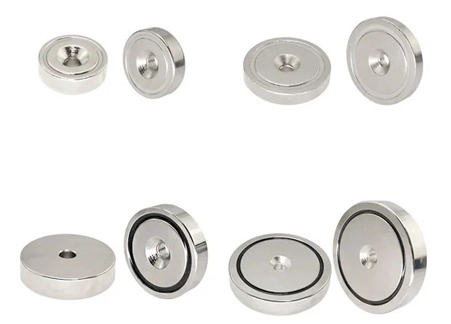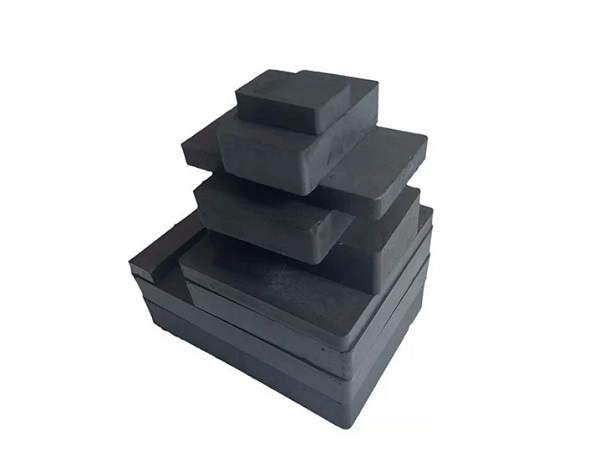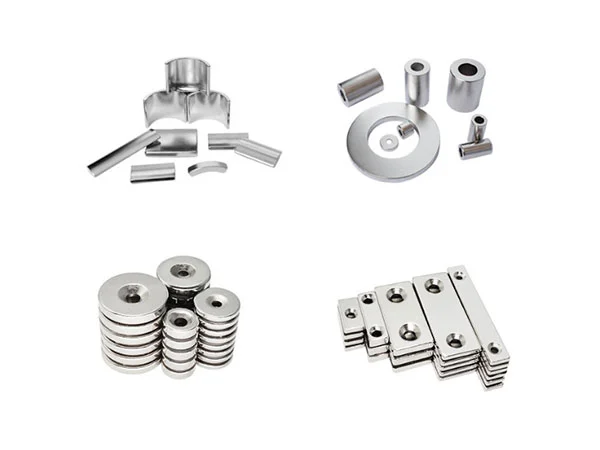In the realm of modern engineering, technological advancements rely heavily on the innovative use of materials and components. Samarium cobalt (SmCo) arc magnets have emerged as a game-changer in this domain, revolutionizing the way engineers design and optimize various systems. With their exceptional magnetic properties and superior performance, SmCo arc magnets have found extensive applications in modern engineering across diverse industries. In this blog, we will explore the key roles played by samarium cobalt arc magnets in modern engineering and how they contribute to pushing the boundaries of innovation.
Advancing Electric Motors and Generators
Electric motors and generators are at the heart of countless engineering applications, from transportation to industrial machinery. SmCo arc magnets have become a driving force in the advancement of these systems, owing to their unmatched magnetic strength and high-temperature resistance. When used in motors and generators, SmCo arc magnets enable higher power density, improved efficiency, and reduced size and weight, all of which are critical factors in modern engineering design.
Precision in Robotics and Automation
In the realm of robotics and automation, precision and reliability are paramount. SmCo arc magnets offer the necessary stability and long-term performance required in these applications. Whether in robot joints, grippers, or actuators, these magnets ensure smooth and precise movements, enhancing the overall efficiency and productivity of robotic systems. Their ability to operate reliably under extreme conditions makes them a top choice for automation in various industries.
Enabling Renewable Energy Technologies
The shift towards renewable energy sources is a key aspect of modern engineering. SmCo arc magnets have found significant applications in renewable energy technologies such as wind turbines and hydroelectric generators. Their high-temperature stability and long-term performance make them ideal for operating in challenging environments, where conventional magnets may not be suitable. By harnessing the power of SmCo arc magnets, renewable energy systems can produce clean and sustainable electricity efficiently.
Pushing the Boundaries of Aerospace Innovation
Aerospace engineering demands materials that can withstand extreme conditions and deliver reliable performance. Samarium cobalt arc magnets have found their way into various aerospace applications, including satellite systems, actuators, and avionics. Their exceptional high-temperature resistance, combined with their resistance to demagnetization, makes them a trusted choice for aerospace engineers seeking cutting-edge solutions.
Enhancing Magnetic Resonance Imaging (MRI) Technology
In the medical field, SmCo arc magnets have proven invaluable in enhancing Magnetic Resonance Imaging (MRI) technology. These magnets are used in MRI machines to generate the strong magnetic fields required for accurate and detailed imaging. Their stability and reliability ensure consistent performance during prolonged scanning sessions, providing physicians with critical diagnostic information for improved patient care.
Samarium cobalt arc magnets for sale have established themselves as a driving force in modern engineering, transforming the design and performance of a wide range of systems and applications. From enhancing electric motors and generators to empowering robotics, renewable energy, aerospace, and medical technologies, SmCo arc magnets continue to push the boundaries of innovation. As engineers and researchers continue to explore new frontiers, the exceptional properties of SmCo arc magnets will undoubtedly play a pivotal role in shaping the future of modern engineering, powering technological advancements that improve efficiency, reliability, and sustainability across diverse industries.
Learn more about custom magnet manufacturer Tymagnetic's products:
Arc magnets
Micro magnets
Neodymium rod
Types of permanent magnets






